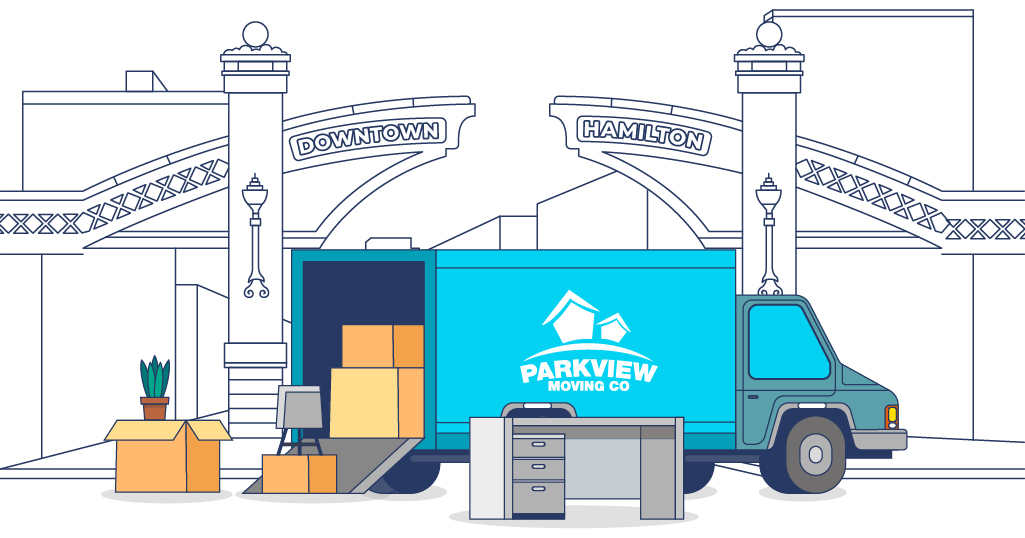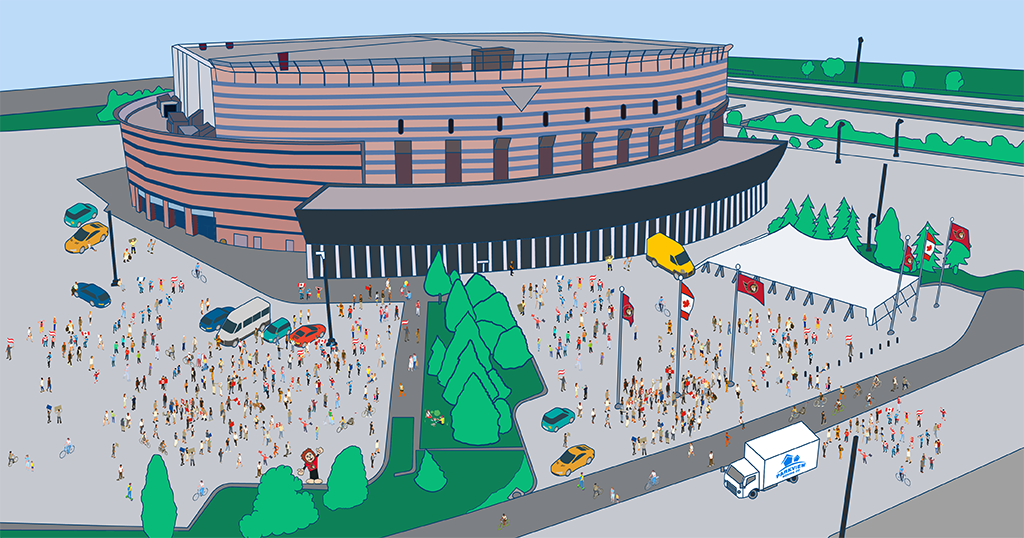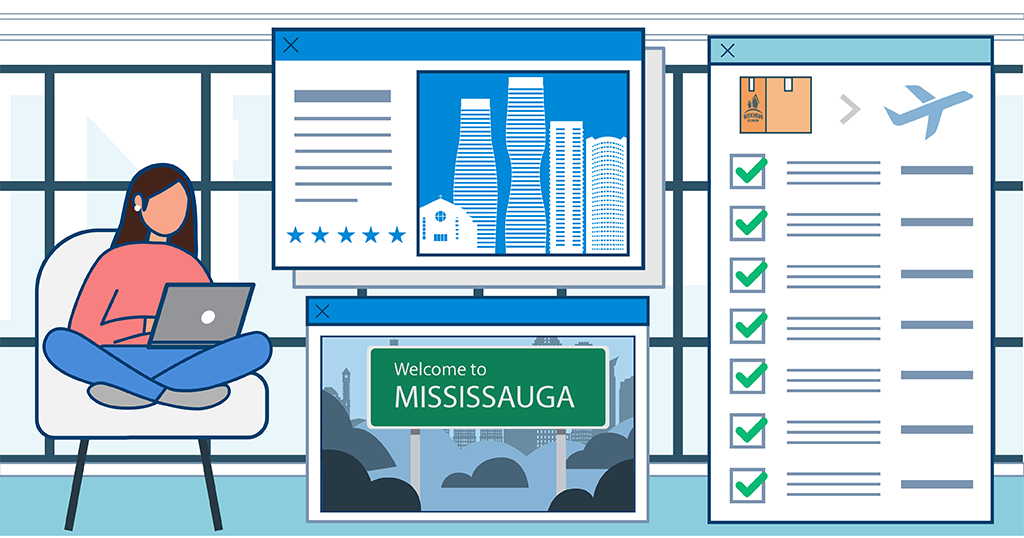
Moving into a condo or apartment comes with unique challenges that you likely won’t encounter when moving into a full size house. From managing a smaller space to understanding building rules, moving into a condo may require some extra planning. To make your transition smooth and stress-free, we’ve put together our expert tips to consider when making this kind of move.
1. Check Building Rules and Regulations
Before your move, it’s crucial to have a good understanding of your building’s rules and policies. Many condos and apartments have specific rules about moving times, elevator reservations, and parking for moving trucks. Schedule your move well in advance to avoid any last-minute surprises, and make sure you’re aware of any restrictions on pets, renovations, or storage space!
2. Reserve the Elevator and Parking
Most condos and apartments require you to book the service elevator (if there is one) for large moves. You should contact the property manager to reserve an elevator and designated parking space close to the entrance. This ensures you won’t waste time waiting for access on moving day. Be sure to inform your movers on parking restrictions before the day of the move!
3. Declutter Before You Pack
Condos and apartments usually have less storage space than houses, so it’s a good idea to declutter and downsize before moving in. Sort through your belongings and decide what to keep, donate, sell, or throw away. Check out our blog post on Expert Tips for Last-Minute Move Decluttering for tips on downsizing. Take measurements of your new space and focus on essential items that won’t crowd the space.
4. Measure Doorways and Hallways
Condo doorways, hallways, and elevators may be narrow, making it hard to move large furniture. Before moving, measure your furniture and the entryways to ensure your belongings can fit through. If you’re purchasing new furniture, consider pieces that can be easily taken apart and rebuilt for moving purposes.
5. Pack Strategically
Packing for a smaller living space means you need to be more strategic. Label each box clearly by room and leave behind anything unnecessary (there’s no room for it!). Use durable packing materials and consider soft items like towels or blankets to wrap fragile belongings, reducing the need for additional packing supplies!
6. Organize Utilities Early
When moving into a condo, you’ll need to transfer or set up utilities such as electricity, internet, and water. Talk to your property manager before doing so as every building has different policies on this! Confirm this ahead of time and ensure services are activated before moving day.
7. Plan for Storage Solutions
Condos and apartments often lack the storage space that full size houses have. Investing in space-savings furniture, such as beds with built-in drawers or stackable storage bins can help maximize the space you do have! If your unit doesn’t have much closet space, consider using shelves, under-bed storage, or hooks to keep things organized!
8. Hire Professional Movers
Moving furniture into a condo or apartment can be tricky at time so it’s best to leave it to the pros! Movers are experienced in handling bulky items in tight spaces and can navigate tricky areas like stairwells or elevators with ease. Make sure to inform your movers on building policies and parking rules before your moving day!
9. Set Up Insurance
Condo living often requires specific insurance policies that a lot of renters overlook. While the building itself will likely have insurance, you’ll need to ensure your personal belongings are covered. Renter’s insurance protects against damage, theft, and certain types of accidents within your unit.
Moving into a condo or apartment requires extra planning and preparation, but with these tried and true tips, your move will be smooth and stress-free! Stay organized by understanding building rules, preparing your belongings, and enlisting the help of professional movers well in advance. With the right strategy, your transition to condo living will be a breeze!






